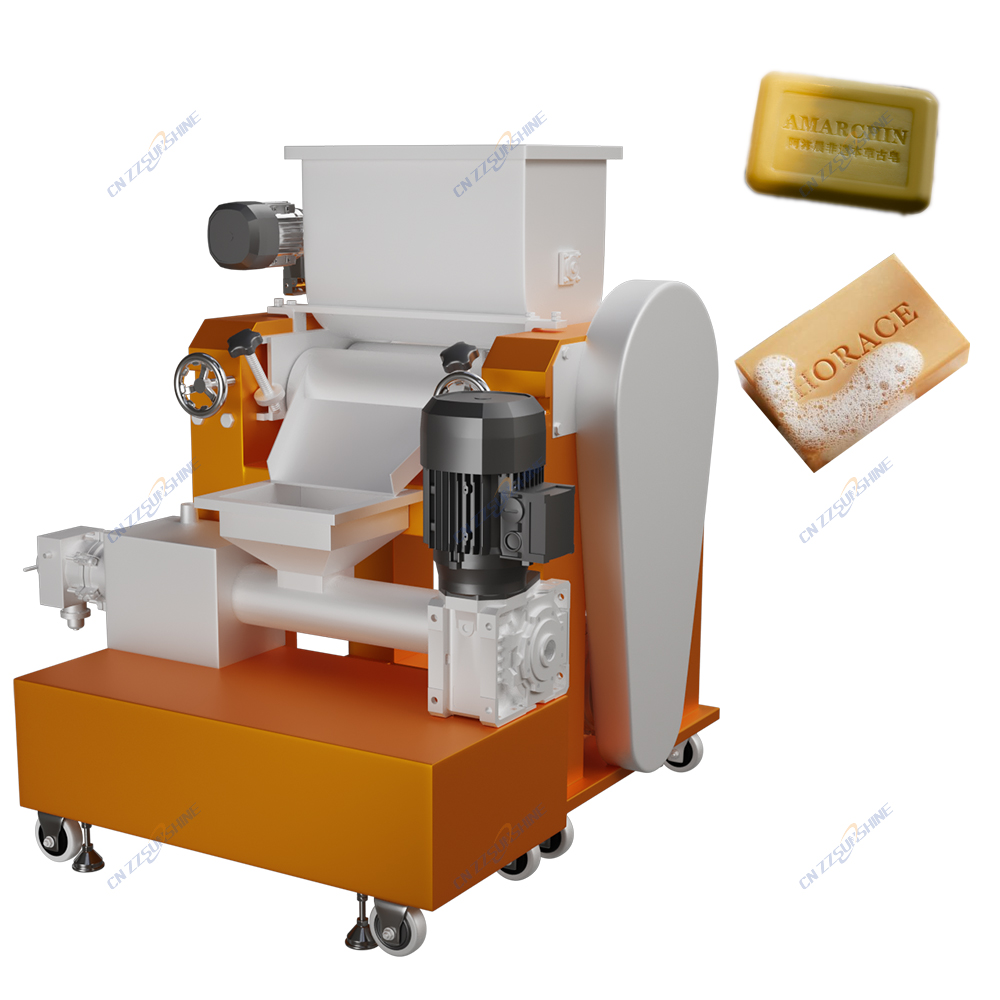Efficient and consistent bar soap manufacturing relies heavilyily on specialized soap making machines integrated into cohesive production lines. A well-designed laundry bar soap production line or toilet soap finishing line streamlines operations from raw material preparation to the final packaged product, significantly enhancing output quality and reducing labor costs. Core equipment includes industrial mixers for chemical processing, ensuring homogeneous blending of fats, oils, lye, and additives under controlled conditions. This precise mixing is critical for achieving the desired saponification and final bar properties.
Following mixing, the soap paste undergoes refining and extrusion, where the vacuum plodder machine becomes indispensable. This component, particularly a high-quality vacuum plodder, removes air pockets under vacuum pressure, resulting in a denser, smoother soap noodle. This step is vital for producing durable, long-lasting bars with a premium feel, whether for laundry or bath soap making machines. The extruded noodle is then fed into sophisticated plodding systems that form the continuous soap log.
Precision cutting follows, handled by either a custom soap cutting machine or an automatic block cutter machine. These cutters ensure uniform bar size and weight with minimal waste, critical for both aesthetics and cost control. Advanced options like electric washing soap cutters offer enhanced hygiene and automation. For manufacturers seeking comprehensive solutions, investing in a fully automatic soap production line integrates all these stages—mixing, refining via triple milling (often using a three roller mill for cosmetics-grade smoothness), vacuum plodding, cutting, stamping, and cooling—into a single, synchronized system.
Leading suppliers, particularly those offering robust bath soap making machines and laundry soap making lines, emphasize reliability, hygiene, and the ability to customize. Key considerations include production capacity, flexibility for different soap types (laundry, beauty, toilet), ease of cleaning, and compliance with food-grade or cosmetic standards. Implementing a high-efficiency soap plodder machine and integrated mixing machine within a complete line drastically improves throughput, product consistency, and overall operational efficiency, making it a strategic investment for competitive soap manufacturers targeting consistent quality at scale.




